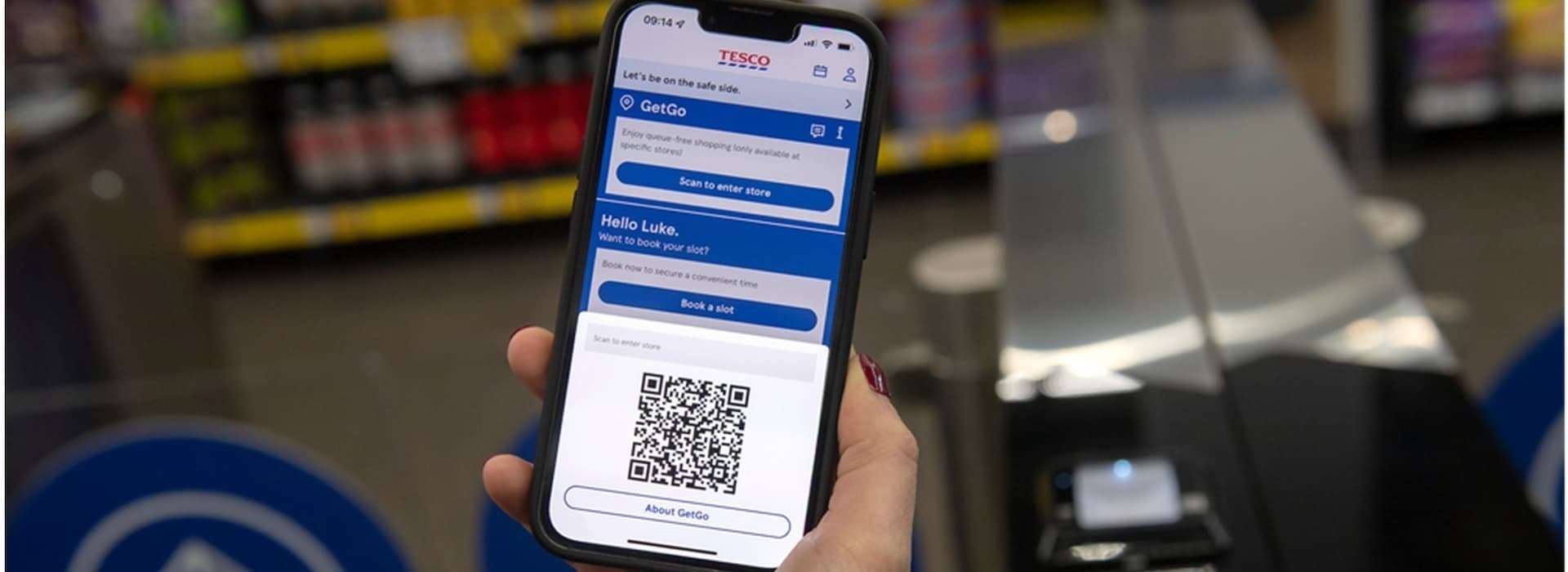Cash still in fashion, Bank of England
Cash continues to play a key role for many and a crucial one for some, according to Victoria Cleland, Chief Cashier at the Bank of England.
Speaking at the Future of Cash Conference 2017, which took place this week in Vienna, she noted that on 14th September, the Bank of England launched a new polymer £10 note featuring Jane Austen. Since then the one billion notes produced for launch have been making their way around the country, and by 22nd September 158 million notes were in circulation. “This has only been possible due to the fantastic innovation, planning and engagement of the cash industry, to whom I am most grateful.”
There are an ever growing range of alternatives to notes and coins, taking hold with varying degrees of success. “Very notable in the UK is the rise in the use of contactless cards, which tripled in 2016 accounting for 7% of payments. The shift in consumer preferences is also evident in online spending, where average weekly online shopping in the UK was£1.1 billion in August 2017; an increase of 16% compared with August 2016. Such developments have led many commentators to predict the demise of cash,” said Cleland.
But the numbers show a different story, she argued. In 2016, the value of Bank of England notes in circulation increased by 10%, reaching over £70 billion in the run-up to Christmas: the fastest growth in a decade. Cash remains the most widely used payment method in the UK. It accounted for 40% of all payments and 44% of payments made by consumers in 2016. It is still the preferred payment method for many: in a recent international survey by ING, 79% of people in the UK said they would never go completely cashless, similar to the European average of 76%.
For consumers, a key benefit is its tangibility. It can be a useful budgeting tool, and it is a quick and easy payment method which works even when, for example, card terminals do not. Indeed, cash is relied on by some and valued by many: 2.7 million people in the UK rely almost entirely on cash transactions – a number that has increased by 0.5 million since 2015.5
Some people choose to hold cash as a store of value: a 2014 survey commissioned for the Bank of England estimated that 18% of people hoard cash, the primary reason being to provide comfort against potential emergencies. In addition there is a strong overseas demand, for example from tourists and expats.
For retailers, cash is still the cheapest method to accept. According to the British Retail Consortium, in 2016 the average transaction cost a retailer 0.15% measured as a percentage of turnover, compared to 0.31% across all payment types.
As for the aforementioned increasing range of different ways to pay, innovation can increase cash demand as well as reduce it. “M-Pesa, the popular mobile money development in Africa, has not reduced the demand for cash per se as users deposit cash into an account stored on their mobile phone. And cash can have a role in internet shopping too. The recently launched Amazon Top Up allows users to deposit cash into their Amazon account at participating retailers. There are also apps such as Shpock and Gumtree which allow buyers and sellers to agree on a price and then meet to make the transaction, enabling the buyer to check the condition of the item and for cash to be used. A lot of the resilience of cash to date is down to the work of the wider industry to adapt their models to meet customer demands,” said Cleland.
The rate of change is uncertain and depends in part on how effectively the industry innovates, to maximise efficiencies, and to keep the cost of cash competitive in an environment of declining transactional volumes. There are some big issues to address: ascertaining the level of demand that would necessitate a significant change in the cash centre footprint; identifying whether there are more innovative approaches to wholesale cash circulation; understanding whether greater cooperation – such as that seen in the UK with increasing numbers of the high street bank's customers being able to access personal and business banking services in Post Office branches – could increase efficiencies in cash distribution; and considering how different the landscape would be if cash demand plummeted but everyone wanted to be able to rely on it in a business continuity scenario.
The cash industry should embrace technology to help develop an infrastructure that is flexible and scalable. There needs to be capacity, for instance, to deal with the logistics of note launches: something that is especially pertinent for the new £20, with £20s representing around two-thirds of notes in circulation.
Cleland wrapped things up by revealing the Bank of England had entered into 10 year contracts with CCL Secure and De La Rue to supply the polymer substrate for the next £20 banknote. The new J.M.W. Turner £20 note will be issued in 2020, representing “the next new chapter for cash”.
““Innovation can increase cash demand as well as reduce it””










